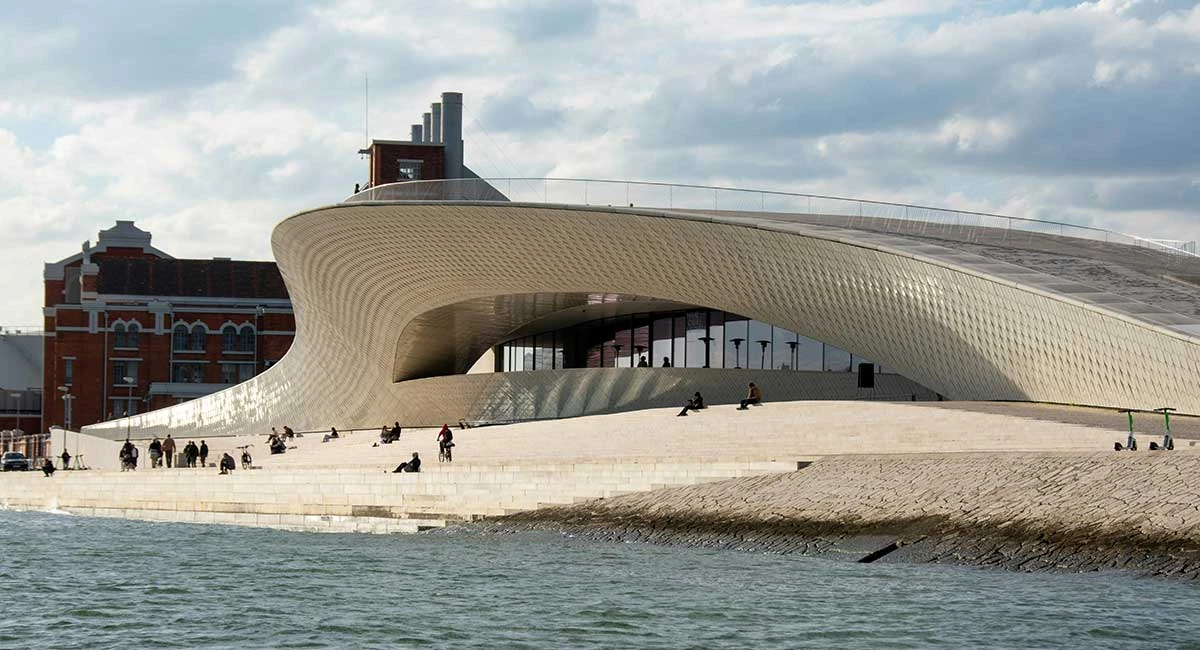Parametric Architecture: The Future of Computational Design

Parametric Architecture: The Future of Computational Design
Parametric architecture represents a bold new frontier in the world of design, where algorithms and computational processes inform every curve, angle, and material choice. Fueled by advances in artificial intelligence and digital fabrication, this approach is transforming how architects conceptualize and execute complex designs. As we move further into the digital age, parametric architecture is poised to redefine the boundaries of creativity, pushing design possibilities to new heights.
At its core, parametric architecture uses algorithms to generate forms based on a set of defined parameters. These parameters can range from environmental factors, such as sunlight exposure, to material properties or structural requirements. This computational approach allows for the creation of forms that are not only aesthetically striking but also perfectly adapted to their environment. With the right inputs, parametric design can produce highly efficient and functional spaces that would have been unimaginable using traditional methods.
Artificial intelligence is playing a pivotal role in the evolution of parametric architecture. AI algorithms can process vast amounts of data to optimize designs, predict performance, and even simulate real-world conditions. The result is architecture that is not just visually stunning but also optimized for energy efficiency, durability, and sustainability. AI is enabling architects to test multiple design solutions rapidly, selecting the one that best meets the project's requirements while adhering to strict environmental and performance standards.
One of the most exciting aspects of parametric design is its inherent flexibility. The use of computational tools allows for rapid iteration and modification, enabling architects to explore countless design possibilities in a fraction of the time it would take using traditional methods. This flexibility makes parametric design ideal for complex projects, where every detail must be tailored to the specific needs of the client, the site, and the environment.
Iconic buildings around the world have already showcased the power of parametric design. The Beijing National Stadium, with its distinctive "bird's nest" structure, and the Heydar Aliyev Center in Baku, with its flowing organic curves, are both prime examples of what can be achieved through computational design. These landmarks demonstrate the ability of parametric architecture to create spaces that are not only functional but also visually captivating, pushing the boundaries of architectural expression.
As technology continues to advance, parametric architecture will only become more sophisticated. The integration of advanced materials, 3D printing, and robotics will enable the creation of even more complex and sustainable designs. As we look toward the future, parametric architecture is set to become an essential tool in the creation of buildings that are as innovative as they are sustainable.
In 2025 and beyond, parametric architecture will continue to drive innovation in the industry. By embracing computational design, architects are not just reshaping the skyline—they are redefining what it means to create truly modern and sustainable buildings. The future of architecture is not only about form and function; it's about using technology to design spaces that are smarter, more efficient, and more connected to the world around us.